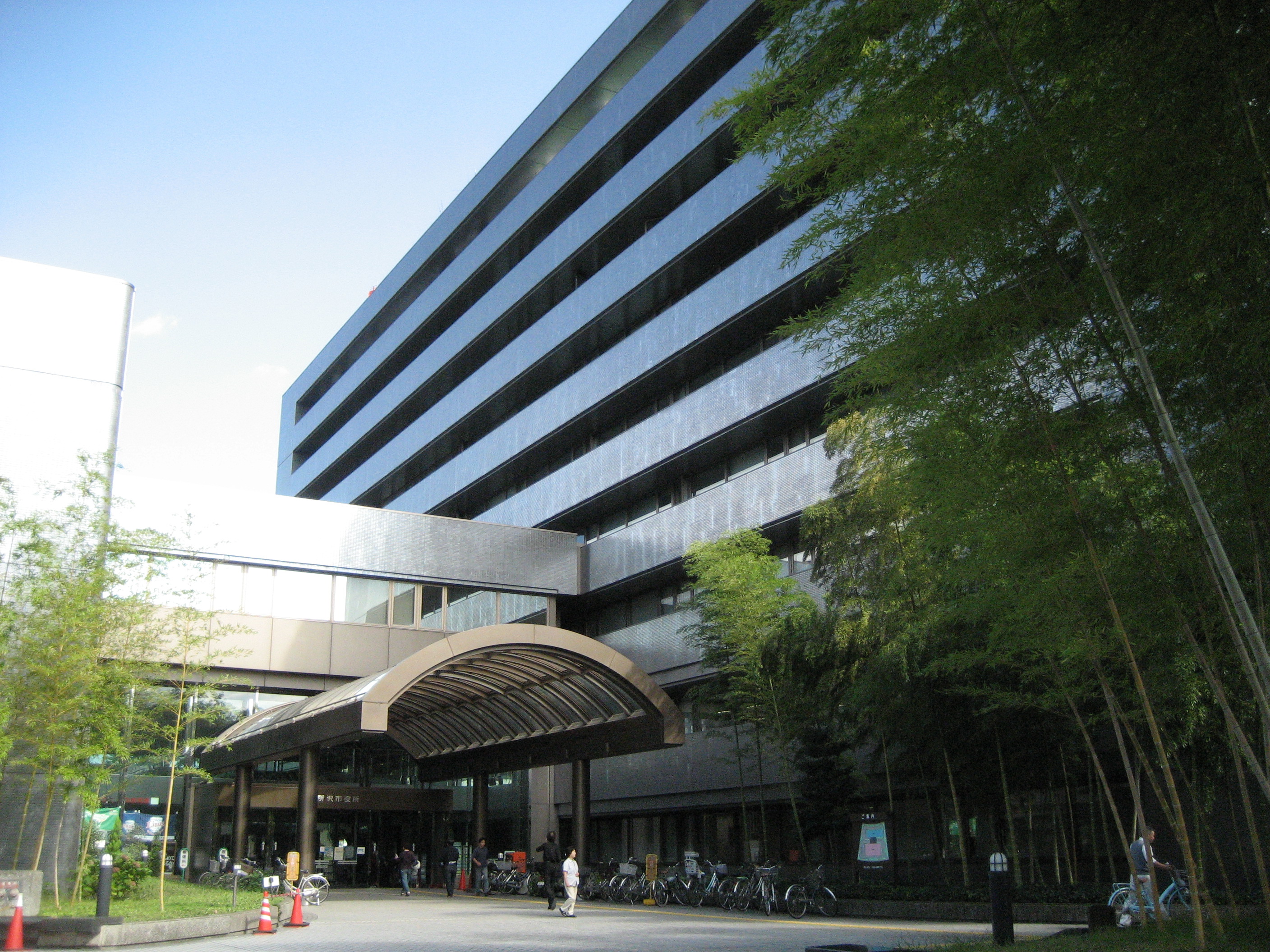|
Miyoshi, Saitama
is a town located in Saitama Prefecture, Japan. , the town had an estimated population of 38,101 in 16,692 households and a population density of 2500 persons per km². The total area of the town is . Geography Miyoshi is located in south-central Saitama Prefecture. Surrounding municipalities Saitama Prefecture * Fujimi * Tokorozawa * Kawagoe * Shiki * Niiza * Fujimino Climate Miyoshi has a humid subtropical climate (Köppen ''Cfa'') characterized by warm summers and cool winters with light to no snowfall. The average annual temperature in Miyoshi is 14.0 °C. The average annual rainfall is 1647 mm with September as the wettest month. The temperatures are highest on average in August, at around 25.7 °C, and lowest in January, at around 2.3 °C. Demographics Per Japanese census data, the population of Miyoshi saw strong growth starting around 1960 which leveled off around 1990. History The place name of "Miyoshin-no-sato" appears in the Heian period ... [...More Info...] [...Related Items...] OR: [Wikipedia] [Google] [Baidu] |
Towns Of Japan
A town (町; ''chō'' or ''machi'') is a local administrative unit in Japan. It is a local public body along with prefecture (''ken'' or other equivalents), city (''shi''), and village (''mura''). Geographically, a town is contained within a district. Note that the same word (町; ''machi'' or ''chō'') is also used in names of smaller regions, usually a part of a ward in a city. This is a legacy of when smaller towns were formed on the outskirts of a city, only to eventually merge into it. Towns See also * Municipalities of Japan * Japanese addressing system The Japanese addressing system is used to identify a specific location in Japan. When written in Japanese characters, addresses start with the largest geographical entity and proceed to the most specific one. When written in Latin characters, ad ... References {{reflist External links "Large_City_System_of_Japan";_graphic_shows_towns_compared_with_other_Japanese_city_types_at_p._1_[PDF_7_of_40/nowiki>">DF_7_of_4 ... [...More Info...] [...Related Items...] OR: [Wikipedia] [Google] [Baidu] |
Tokorozawa, Saitama
is a city located in Saitama Prefecture, Japan. , the city had an estimated population of 344,194 in 163,675 households and a population density of 4800 persons per km². The total area of the city is . Geography Tokorozawa is located in the central part of the Musashino Terrace in southern Saitama, about 30 km west of central Tokyo. Tokorozawa can be considered part of the greater Tokyo area; its proximity to the latter and lower housing costs make it a popular bedroom community. The Higashikawa and Yanasegawa rivers that flow from the Sayama Hills flow to the eastern part of the city, and finally reach the Arakawa River. The Yamaguchi Reservoir (commonly known as Lake Sayama) is mostly located within city boundaries; Lake Tama also touches the south-western part of the city. The area around Tokorozawa Station's west exit is built up as a shopping district with several department stores. Prope Street is a popular shopping arcade. Surrounding municipalities * Saitama Pr ... [...More Info...] [...Related Items...] OR: [Wikipedia] [Google] [Baidu] |
Saitama 8th District
, the House of Representatives of Japan is elected from a combination of multi-member districts and single-member districts, a method called Parallel voting. Currently, 176 members are elected from 11 multi-member districts (called proportional representation blocks or PR blocks) by a party-list system of proportional representation (PR), and 289 members are elected from single-member districts, for a total of 465. 233 seats are therefore required for a majority. Each PR block consists of one or more prefectures, and each prefecture is divided into one or more single-member districts. In general, the block districts correspond loosely to the major regions of Japan, with some of the larger regions (such as Kantō) subdivided. History Until the 1993 general election, all members of the House of Representatives were elected in multi-member constituencies by single non-transferable vote. In 1994, Parliament passed an electoral reform bill that introduced the current system of pa ... [...More Info...] [...Related Items...] OR: [Wikipedia] [Google] [Baidu] |

